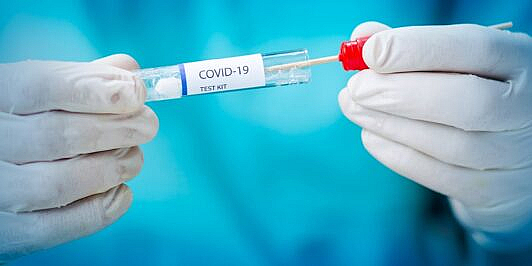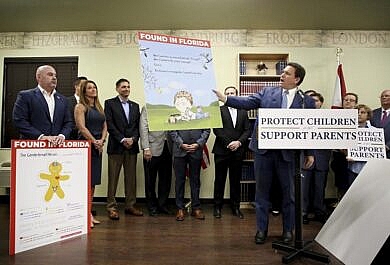A year after the pandemic began, the World Health Organization has changed parameters on coronavirus PCR testing. After a high rate of false positives, false negatives, and faulty data, one has to wonder if anyone knows what the hell they’re talking about.
Summary
Conflicting reports and moving targets about coronavirus testing is creating confusion and sowing skepticism, with some saying tests are “too accurate” and others suggesting accuracy falls well below 50%. A new guidance on testing and re-testing released by the World Health Organization has received very little attention.
- According to a CDC report, the “rapid tests” that can return coronavirus results in as little as 15 minutes could only be 41.2% effective, showing both false positives AND false negatives.
- These rapid tests have been called “woefully inaccurate” while one particular rapid antigen test can miss 66% of those infected but asymptomatic.
- Despite the potential to misreport as many as 3 out 5 tests performed, one medical expert said these errors are “not significant enough to affect the data.”
- One test’s unreliability caused the FDA to issue a warning to strictly administer the test on those showing symptoms, otherwise faulty diagnoses will result. This test is being used in Los Angeles and was defended by Mayor Eric Garcetti, who is not a doctor, after widespread use of the test outside the parameters of its authorization.
- In late May of last year, a medical report urged clinicians and test diagnosticians to consider the “cycle threshold value”, or the amount of the covid-19 virus (viral load) in the sample.
- One Filipino newspaper used its editorial pages to bemoan the lack of action from the World Health Organization, saying it “waited over a year to release” new directives after obvious evidence of false positives with the PCR test type.
![]()
- While most mainstream outlets did not report on the WHO report, Politifact used its platform to quibble over wording after conservative outlets used the adverb “grossly” in reporting the WHO’s new guidance on how to test for the coronavirus. Naturally, it rated the “claim” false.
- The UK is attempting to roll out large scale use of a rapid test it says has “divided the scientific community”, but CNBC spends nearly its entire article defending the new rapid test and devoted a single sentence to critiques of the test’s accuracy.
- Earlier this month The Washington Post kept up with the alarmism, saying many COVID-19 tests will produce too many false negatives, and that measures like masks, social distancing, and lockdowns can’t be ignored after a negative test result.
- Estonian public broadcasting called the PCR test “too accurate” after evidence has revealed its sensitivity is far greater than is clinically helpful.
![]()
- The Jewish Times reported on the WHO’s guidance to more carefully interpret results and to order a second test in when results “do not correspond” with apparent symptoms, while also saying the contradictory results were present and known as early as last August.
- Both the Gateway Pundit and Epoch Times were one of the few outlets to report on the change in WHO guidance, tying it to the election and inauguration of Joe Biden.
- A doctor in Minnesota wrote an op-ed to frankly explain the problem of false positives, detailing the many types of tests, how they could be contaminated, and discusses how viral load and multiplication cycles work to create enough material for detection.
© Dallas Gerber, 2021






